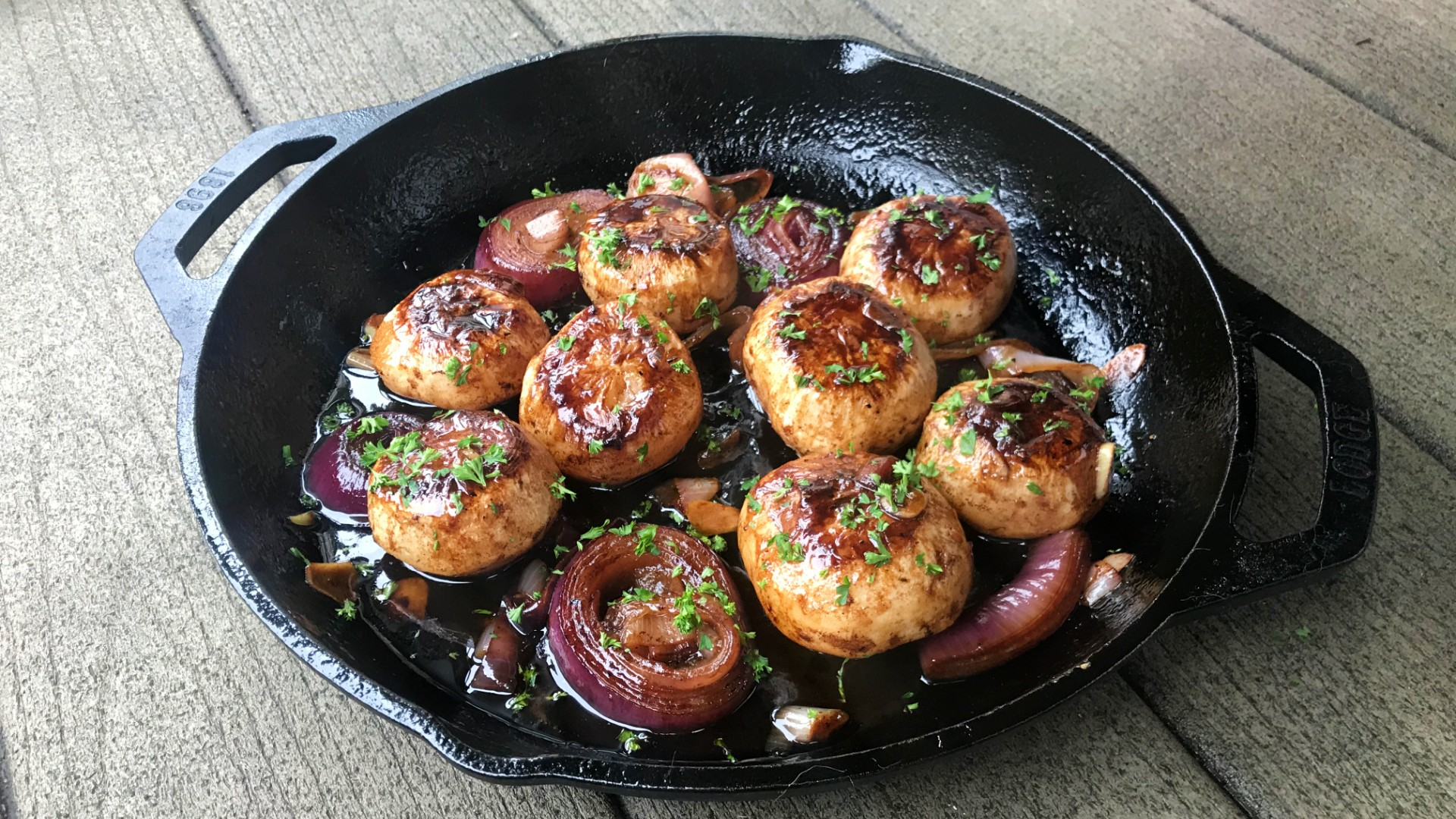Glazed Turnips Are A Sweet Update On A Bitter Root Vegetable
It wasn't too long ago that the mere utterance of the words "Brussels sprouts" would cause most Americans to wince, twisting their faces into scowls of disgust. Brussels sprouts were, for several generations, commonly prepared by boiling, a process that makes them smell and taste like farts. It's no surprise that these feelings of revulsion often extended to other vegetables like broccoli, cabbage, and kale—all are members of the sulfur-rich cruciferous family of vegetables, and when you cook sulfur-rich vegetables at a rolling boil, you create clouds of foul-smelling water vapor that no amount of butter or salt could remedy.
Then in the 21st century cooks began to question authority, wondering if everything their parents and grandparents had taught them was wrong. What if there were other ways to cook vegetables besides boiling them into submission? What if a simple massage could turn kale into something miraculous? Might high heat roasting transform cauliflower and Brussels sprouts from waterlogged mush with the faint aroma of sweaty socks into the new "it" vegetables? Broccoli, radishes, cabbage—all have shed their old identities as the scourge of midcentury dining tables, the foods that boomers would hide in their napkins or feed to the dog.
Cruciferous vegetables aren't for grannies. They're for cool kids who drink craft beer and have chef's knife tattoos. Except, for some reason, turnips. Turnips are still considered square, and no one knows why. Perhaps the very idea of turnips was so resoundingly destroyed by previous generations, who poisoned us with memories of bitter boiled mashes and cool glasses of turnip juice. The uncoolness of turnips is exactly why I've made them a regular part of my repertoire, because I choose to be a woman who sees a humble turnip and says, "Stop sulking and believe in your dreams!" If stinky, slimy Brussels sprouts can disappear from our collective memory, then why can't we give turnips their very own chance to become something epic?
This turnip recipe is as simple as they come, and it plays up the very best characteristics of turnips to help you fall in love fast. Acidic balsamic vinegar and sweet honey temper the turnips' natural bitterness, which is also mellowed by roasting. Cooked using the same method as ever popular melting potatoes, the texture of these turnips can only be described as transcendent. Every bad turnip-related memory stubbornly lodged in your brain will be jostled free and swept away. Big things are going to start happening to turnips... now.
Melting Glazed Turnips
Serves 2-4
- 2 pounds of small turnips (between 8-12)
- 2 Tbsp. canola oil
- 1 1/4 cups chicken or vegetable stock
- 1/2 cup balsamic vinegar
- 3 Tbsp. honey
- 1 tsp. kosher salt
- 1/2 tsp. freshly cracked black pepper
- 2 large cloves garlic, thinly sliced
- 1 large red onion, thickly sliced into whole rounds
- 2 Tbsp. butter
Place a large cast iron skillet into the oven and preheat to 450 degrees.
Peel the turnips and trim the tops and bottoms so they're flat. When the oven comes to temp, add the canola oil to the pan, swirling around to coat fully. Arrange the turnips in the pan and roast for 15 minutes.
Stir together the chicken stock, balsamic vinegar, honey, salt, pepper, and sliced garlic.
When 15 minutes are up, use tongs to flip the turnips over, then add the thickly sliced red onions to the pan. Pour the balsamic mixture evenly over the turnips, dot each with a pat of butter, and roast for another 25-30 minutes, until a knife can easily cut right through.
Move the pan to a high flame on the stove. Cook for three minutes or so until the remaining liquid in the pan begins to thicken into a syrupy glaze. Remove from heat, spoon the glaze over the turnips, then sprinkle on some parsley, freshly cracked pepper, and perhaps some fancy salt if you've got it. Serve immediately.
